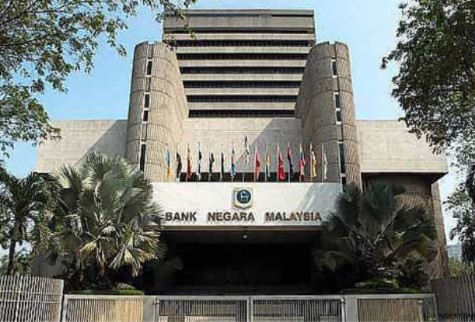BNM evaluating potential of central bank digital currency

Bank Negara Malaysia (BNM) is actively evaluating the potential of central bank digital currency (CBDC) which is driven by the growing technology and payment landscape.
马来西亚国家银行(BNM)正在积极评估中央银行数字货币(CBDC)的潜力,该货币受到不断增长的技术和支付格局的推动。
Deputy Finance Minister I Datuk Mohd Shahar Abdullah said the CBDC is different from cryptocurrency in that it is a digital currency issued by central banks to achieve public policy objective such as increasing efficiencies of cross-border payments and progressing financial inclusion.
财政部副部长I Datuk Mohd Shahar Abdullah表示,CBDC与加密货币的不同之处在于,它是中央银行发行的数字货币,旨在实现公共政策目标,例如提高跨境支付效率和推进金融包容性。
“As an example, BNM had recently cooperated with the central banks of Australia, Singapore and South Africa through the Dunbar Project to develop prototype for shared platform which enables international settlements using various CBDCs by reducing dependency on intermediaries.
"例如,马来西亚国家银行最近通过邓巴项目与澳大利亚,新加坡和南非的中央银行合作,开发共享平台的原型,通过减少对中介机构的依赖,使国际结算能够使用各种CBDC。
“This prototype platform has the potential to reduce cost and time taken to carry out cross-border transactions,” he said during a winding up debate on the motion of thanks for the Royal Address for his ministry at the Dewan Negara on March 24.
"这个原型平台有可能降低成本和进行跨境交易所需的时间,"他在3月24日在Dewan Negara的皇家讲话动议的结束辩论中说。
According to Mohd Shahar, the outcome of the project would be used by BNM and other central banks to develop a more efficient next-generation payment infrastructure.
根据Mohd Shahar的说法,该项目的结果将被马来西亚国家银行和其他中央银行用于开发更高效的下一代支付基础设施。
He also explained that, in line with the government's stand, cryptocurrencies such as bitcoin are not suitable for use as payment instruments due to various obstacles including price fluctuations, exposure to cyber threats, lack of scalability, and negative impact on the environment.
他还解释说,根据政府的立场,比特币等加密货币不适合用作支付工具,因为存在各种障碍,包括价格波动,面临网络威胁,缺乏可扩展性以及对环境的负面影响。
Hence, the currencies are not recognised as a legal tender in Malaysia.
因此,这些货币在马来西亚不被承认为法定货币。
